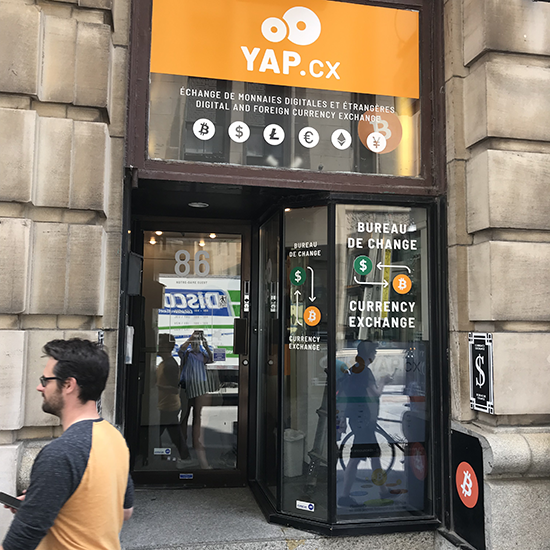Excellent customer experience requires better credit-card fraud-detection tools for international and domestic travel bookings
Of the many areas in financial services that could benefit from machine learning, credit-card fraud detection must be high on the list. Last year, card fraud reached $9.37 billion in the United States (36% of the global total) and is expected to increase to $12.12 billion by 2022, according to the Nilson Report’s November 2018 fraud issue.
Based on my personal experience, the primary measure for restricting fraud is to warn consumers of suspicious-looking transactions and to lock down spending completely for certain types of transactions. The bank agenda of preventing chargebacks that they are financially responsible for contradicts the consumer agenda of convenience and immediate response.
It’s tough for banks, but the consumer experience rules, and that experience presently isn’t good – or at least it’s more difficult than it should be, given today’s technology – as the following experiences show.
In planning a trip to the Montreal Jazz Festival, with a trip by train to Quebec City, I booked the train and found my BMO Harris debit Mastercard wouldn’t go through. I figured it was because it was an international transaction.
That was the case. I went into the branch the next day and asked the teller. (I do go to branches to transfer money between business and personal accounts.) The teller called and confirmed my suspicions. She had the bank lift the hold for a week so could book concert tickets and arranged for the hold to be lifted while we were in Canada. (It is a bit ironic that my bank is based in Canada, but we’re in the United States so that doesn’t really count against them.)
In any case, my Expedia-branded CitiCard wouldn’t go through on a transaction either. In this case, however, I was booking domestic rental cars from Budget. These were domestic transactions, but I made the mistake, in the name of convenience, of trying to book two rental car trips at once.
I booked a weekend trip and had another week-long trip later in the summer to book. Budget helpfully asked through a pop up if I wanted to book another trip. I did. Citi, however, did not want to run two Budget transactions back to back on the same card. I couldn’t run it on the same card when I tried the next day either.
The Citi rep confirmed that I was correct in that assumption that the second transaction from Budget was blocked as potential fraud and lifted the block so I could use the card (I like to use that one for travel). Given my experience with BMO Harris, I mentioned that I would be in Quebec Canada in July and could they make sure transactions would go through during that week.
I thought they should know better given that it should be more natural for a card with the Expedia travel brand to be run for multiple travel-related bookings one right after another.
The rep also helpfully suggested that I make sure any transaction was run in USD rather than Canadian dollars so I wouldn’t have to pay the 3% international transaction fee. Really?
I used the BMO debit card for just about everything. But maybe I could have saved myself trouble by buying more bitcoin when the price was low and converting it at this exchange in Montreal.
The third case involves Burling Bank, the community bank in Chicago that my daughter uses. She’s lived in Tokyo and Berlin. When she traveled, she had to contact the bank and get any payments blocks lifted.
She contacts the bank by email and receives a timely response that transactions will go through. She loves the personal service, even by email, from her community bank. So much for the theory that millennials want everything automated all the time.
On the other side of the coin, so to speak, had any of those transactions been fraudulent, I would have called and told the bank to reverse them, a cost the banks mostly likely would absorb. I am not a banker but a technology marketer, so I can’t reliably set priorities. If I could, though, I’d put my tech budget into ways that both reduce fraud and improve the customer card experience.

